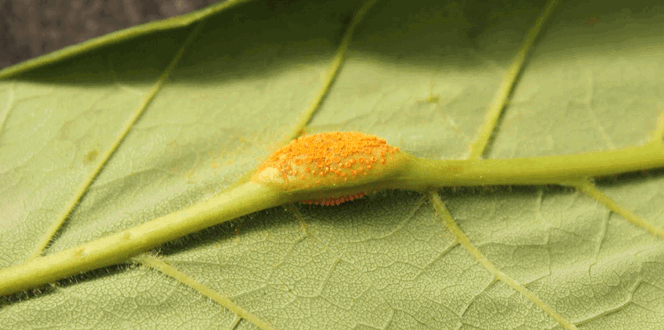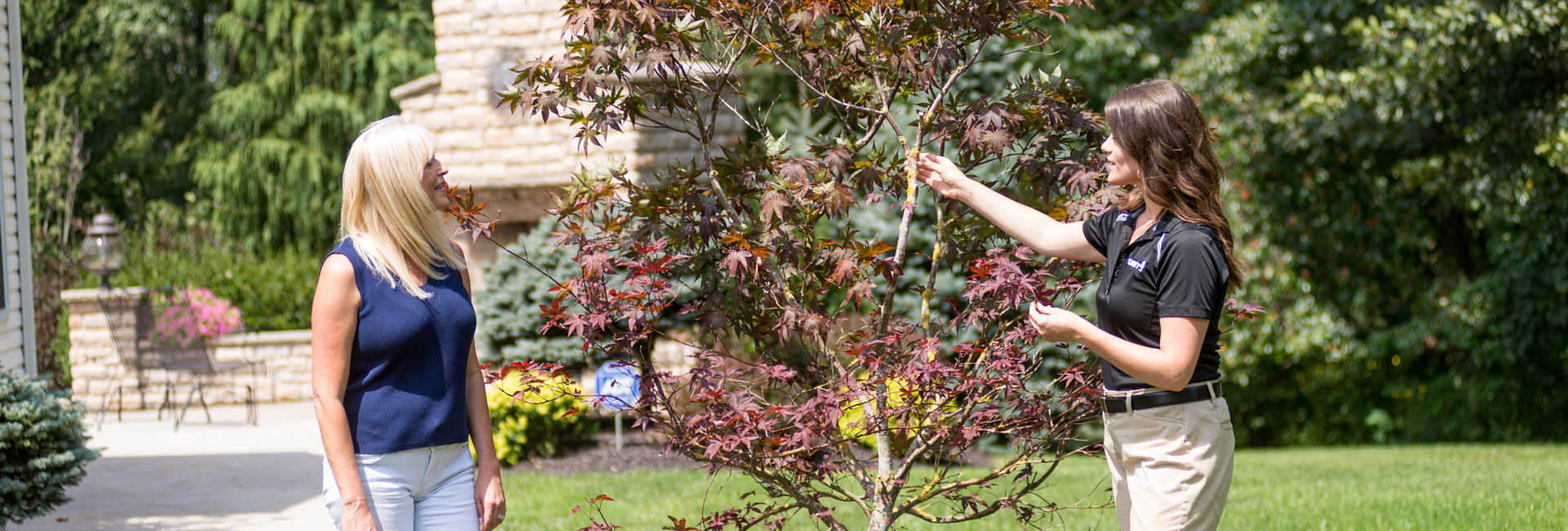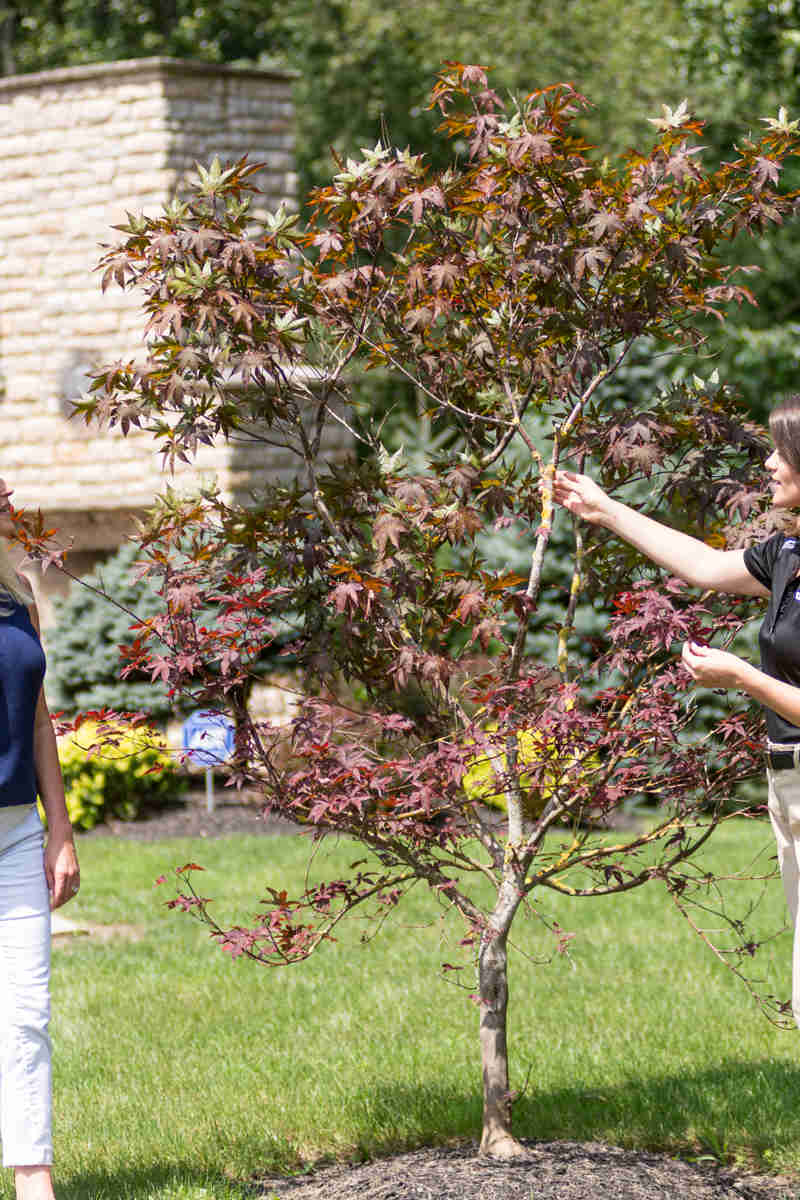Cedar Rust Description:
There are multiple rust fungi that affect cedars (junipers): cedar-quince rust, cedar-hawthorn rust, and cedar-apple rust. All of these rusts require two different hosts and alternate between them during the year. Cedar-quince rust appears as elongated branch swellings that produce orange spores. These distorted twigs can result in dieback on the hawthorn host. It will also cause cankers on the cedar host. Both cedar-apple rust and cedar-hawthorn rust cause round galls on the cedar host and orange spots in late spring and early summer on the leaves of crabapples and hawthorns.
Hosts:
Cedar rusts occur frequently on flowering crabapple, hawthorn, and apple trees, and occasionally on flowering quince, serviceberry, and mountain ash. The twigs and fruits of hawthorns are commonly affected. The disease fungi spend part of their life cycle on certain species and cultivars of juniper, and the other part on the alternate hosts mentioned above.
Biology & Symptoms:
The fungi that cause cedar rusts overwinter in galls or cankers on susceptible junipers, especially Eastern red cedar (a species of juniper). During wet periods in the spring, the cedar galls swell and produce orange, gelatinous spore horns. Spores are carried by the wind from the cedar galls to nearby alternate hosts. If the timing is right, and there is enough moisture, the spores will infect the foliage, fruit, and stems of these nearby alternate hosts. Junipers are then reinfected in late summer by spores produced from infected tissue on the alternate hosts.
Cedar Rust Treatment & Management:
Apply at least two fungicide treatments in the spring to help prevent infection on crabapples, hawthorns, and other susceptible hosts. Susceptible junipers can also be sprayed in mid to late-summer to control reinfection of cedar rusts, although this is usually not necessary. Fertilizing affected plants with a source of slow-release nitrogen will help promote recovery.





